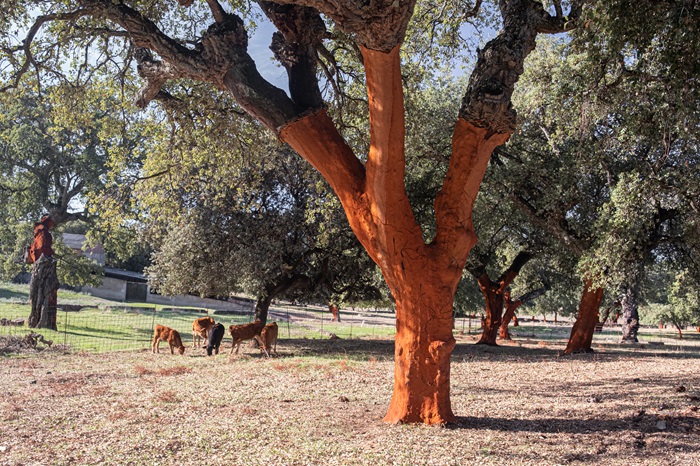
A wave of what smells like a mould, a damp cellar, or worse rise from the bottle. The day will come, if it hasn’t already, when you have a doubt about the condition of a wine without necessarily thinking that the cork could be the problem. Because the cork is not the only thing responsible for suspicious aromas in wine even if it is often said that a wine which is “off” has a “corky taste”. Here are a few of our tips for detecting if a wine is ‘corked’ or affected by cork taint.
What causes a wine to become corked?
This pesky wine fault all comes down to the TCA (trichloroanisol) molecule. But identifying TCA isn’t easy because other molecules which have very similar chemical structures exist, such as PCA, TeCA, TBA. They can also damage the wine, but they have different origins. TCA is a naturally occurring molecule that was identified in 1981 by the Swiss researcher Hans Tanner and his team, and it is the presence of this molecule that causes cork taint, another way for saying that a wine is ‘corked’. Cork oak is a micro-porous material which can be affected by easily fungus and bacteria present in the environment. The exact strains of bacteria that cause TCA to form is still under investigation. Alongside the musty, mouldy smells when a wine is affected by cork taint, there can also be other undesirable flavours in the wine.
Nearly 95% of contaminations comes from the cork and 5% from the winery. It is thought that some pesticides used in cork forests in the 20th century may be the source of the problem, but TCA can also form in damp wineries on the wood found there. Chemically treated wood used in French properties in the 1990s is thought to have amplified the problem.
How will a corked wine taste?
When opening a bottle, start to make a habit of smelling the cork (if you haven’t already). This will give you a clue to the state of the wine. Pour a few centilitres of wine into a glass and evaluate it, by swirling, sniffing and tasting it. When swirling wine in a glass, aromas become more pronounced as would be the case if cork taint were present.
A corked wine can smell like must, mould, wet cardboard, dust, and damp cellar. Some people are more sensitive to these odours, but the palate will let you know for sure if a wine is corked. Depending on how present the TCA molecule is, the wine can go from slightly affected to completely undrinkable. In any case, the bottle should not be drunk. At a restaurant, you can reject the bottle or ask the sommelier for their opinion if in doubt.

What solutions have cork producers and winemakers put in place?
Cork failure is estimated to affect 1.5% to 2% off all corks produced, a level that has decreased over the past few decades. In fact, cork makers reacted quickly and radically, and the quality of corks has vastly improved since the end of the 1990s. At the same time, other types of bottle closures have been developed such as synthetic cork, glass tops and screw caps. A wine in a bottle with a screw cap can also develop cork taint if the cap was somehow contaminated beforehand or the wine came into contact with contaminated wood at the winery. This happens very rarely but it is still known to occur.
Some cork brands now offer corks that are guaranteed to not contain TCA. They include: Diams (probably the most well-known), NDtech, Naturity, and Ardea Seal. Other producers create corks from treated cork oak, while others make plastic corks.

What to do when you discover that your wine is corked?
Unfortunately, there isn’t a lot to do when your wine has cork taint except open another bottle. There are some filters around, but their effectiveness is still up for debate.
For those that still want to find a use for the wine, thinking to use it to make a boeuf bourguignon for example, don’t do it! Evaporation during cooking tends to concentrate the cork taint aromas, which would ruin your dish. It also isn’t a good idea to make vinegar, because fermentation doesn’t get rid of the fault either.
Now you have the keys to identify cork taint in a wine. However, the differences between a fermentation defect, an odour caused by reduction, contamination by damaging yeasts and a faulty cork are very slight. We have other articles to help you learn about other wine faults so that you’re never lost again.
See all wines currently available
Also on the iDealwine blog:



